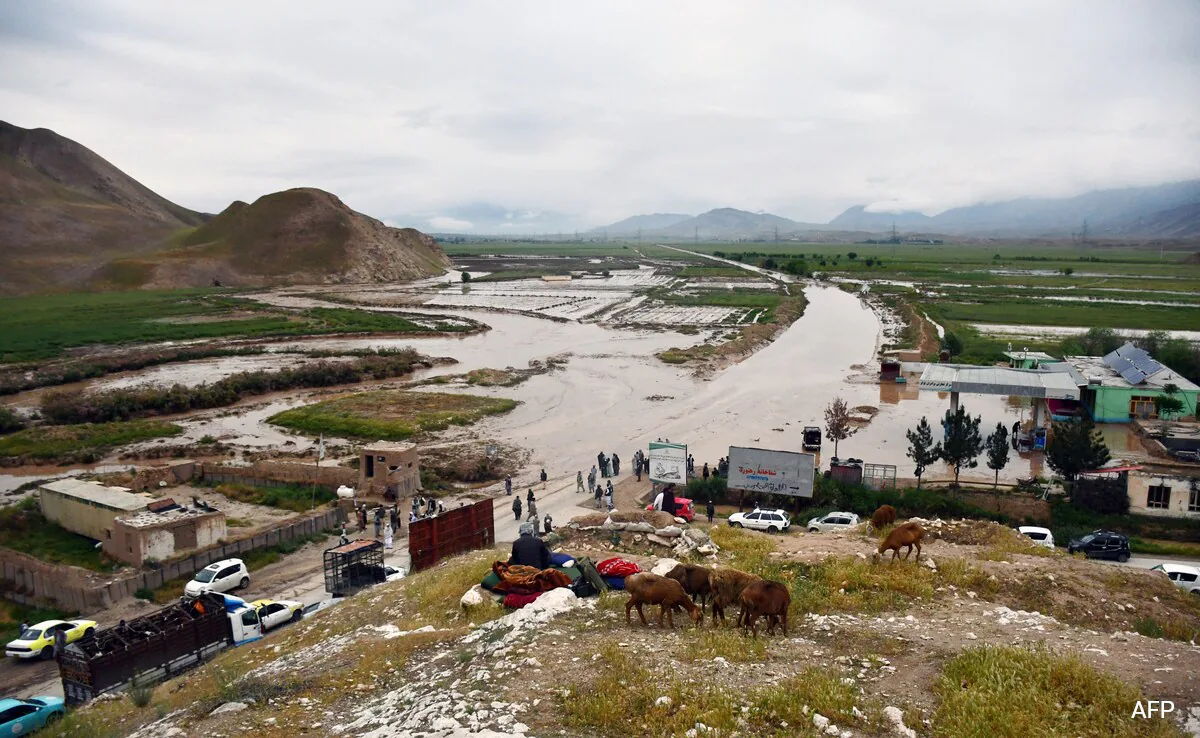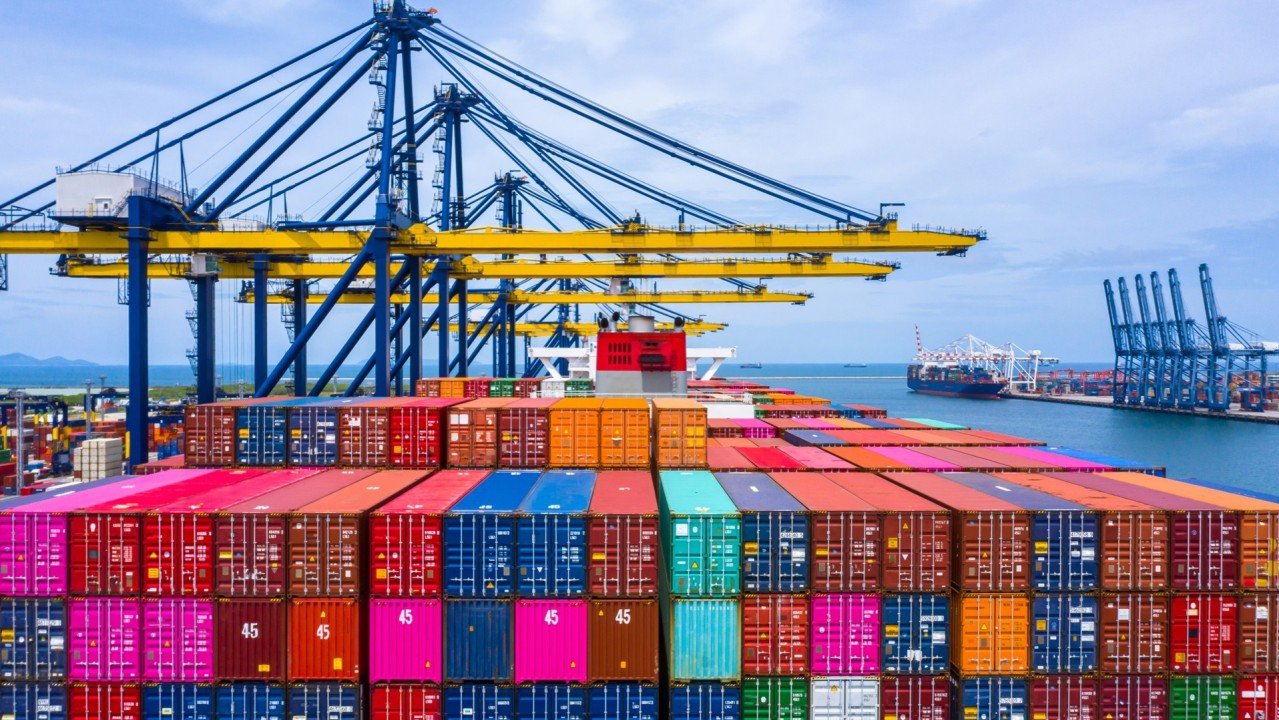Arshad Mahmood Awan
Weeks of relentless monsoon rains since late June have once again pushed Pakistan into the heart of a humanitarian disaster. In the space of just two days, torrential downpours and violent cloudbursts triggered flash floods across Khyber Pakhtunkhwa, leaving more than 300 people dead. Entire villages were swept away, reduced to debris and silence. In Mohmand district, tragedy struck twice when a provincial rescue helicopter crashed during operations, killing five crew members who had been risking their lives to save others.
Follow Republic Policy Website
The devastation has not been confined to KP alone. In Azad Jammu and Kashmir, powerful mudslides buried entire families under layers of earth, while in Gilgit-Baltistan, torrents of glacier-fed water tore through homes, farmland, and bridges. The destruction has disrupted livelihoods in some of the most fragile communities of Pakistan. According to the National Disaster Management Authority, at least 645 people have lost their lives and more than 900 have been injured nationwide since the beginning of this monsoon season, with KP suffering the heaviest toll. With forecasts of continued rainfall, the eventual scale of destruction may surpass even these grim numbers.
Follow Republic Policy YouTube
This tragedy is not an anomaly. It is part of a pattern that has already scarred the nation’s memory. Just three years ago, in 2022, unprecedented floods submerged one-third of the country, killing nearly 1,700 people and displacing 33 million. Those floods were described as a “climate catastrophe,” and they briefly pushed Pakistan onto the global stage as the most vulnerable frontline state in the climate crisis. Today, the images from Buner and Ghizer carry eerie echoes of that nightmare. The only difference is that the epicenter of the disaster has shifted northward, where steep terrain converts cloudbursts into devastating torrents within hours.
Follow Republic Policy Twitter
The crucial question, however, is whether this scale of loss could have been avoided. Scientists have been warning for years that climate change is altering Pakistan’s weather systems, making monsoons more erratic, cloudbursts more violent, and glacier melt more destructive. What we are witnessing is not just nature’s fury—it is also the state’s failure to adapt, mitigate, and prepare for a crisis that is both predictable and preventable.
Follow Republic Policy Facebook
It is undeniable that no government can stop the rain. Yet the magnitude of human loss in Pakistan owes much to the absence of foresight and planning. The Pakistan Meteorological Department did issue an advisory on August 12 warning of heavy rainfall across KP, AJK, and GB. But the alert was vague and poorly communicated, lacking the kind of granular detail communities need to prepare themselves. Similarly, weak enforcement of land-use planning and building codes has allowed settlements in flood-prone zones to expand unchecked. Infrastructure projects have often ignored ecological balance, leaving populations exposed to disaster.
Follow Republic Policy TikTok
Equally troubling is the inadequacy of Pakistan’s disaster response mechanisms. Despite repeated floods over the past decade, the state still lacks the capacity to deliver rapid relief in mountainous or remote areas. Rescue teams often arrive late, communication lines collapse, and coordination between federal, provincial, and local agencies remains fractured. Each tragedy, rather than prompting reforms, is followed by reactive measures that fail to address systemic weaknesses.
Follow Republic Policy WhatsApp Channel
The immediate priority, with fresh rains predicted, must be to minimize further loss of life. Relief corridors must be secured and kept open at all times. The army’s engineering corps, with its logistical capacity, must urgently rebuild temporary bridges and restore damaged communication links. Schools, community halls, and mosques should be designated as evacuation centers, equipped with emergency food, clean water, and medical supplies. In areas where mobile towers have gone down, wireless radios can serve as lifelines for isolated villages.
Follow Republic Policy Website
Yet these short-term measures cannot substitute for a long-term strategy. For Pakistan, adaptation must now be recognized as a survival priority rather than an afterthought. A starting point would be the creation of a national disaster observatory app, offering instant alerts, localized weather updates, and safety instructions in multiple languages. With mobile penetration exceeding 80 percent, even simple voice or pictorial warnings could drastically reduce casualties in disaster-prone zones. The Meteorological Department, meanwhile, requires urgent modernization, with investment in real-time monitoring systems, data-sharing networks, and forecasting capacity that can rival global standards.
Follow Republic Policy YouTube
Local governments, often sidelined in disaster management, must be empowered to enforce safe construction practices, strengthen embankments, and create resilient housing models. Relocation plans for high-risk communities—particularly in valleys threatened by glacial floods—should no longer remain on paper. Furthermore, introducing disaster insurance schemes could provide vulnerable households with some financial cushion against recurrent losses.
Follow Republic Policy Twitter
The floods of 2010, 2022, and now 2025 form an unbroken chain of escalating climate disasters. Each event has been deadlier and more destructive than the last. This trajectory underscores a sobering reality: Pakistan is not merely a victim of climate change; it is also a casualty of institutional inertia. Rhetoric about resilience, voiced in the aftermath of each disaster, has rarely been followed by genuine reforms. The result is a cycle of destruction, relief, and neglect that keeps repeating with devastating consequences.
Follow Republic Policy Facebook
Breaking this cycle will require a radical shift in national priorities. Climate adaptation and disaster preparedness must be elevated to the same level of urgency as national security. Indeed, given the sheer scale of human and economic losses inflicted by floods, climate resilience is national security. The country must invest in institutions that can anticipate and mitigate disasters rather than merely react to them.
Follow Republic Policy TikTok
For a country with fragile fiscal space, this will not be easy. Yet the alternative—continuing down the current path—is far more costly. The loss of human lives, the destruction of livelihoods, and the erosion of social stability all carry a price that Pakistan can ill afford. International partnerships, climate finance, and regional cooperation should be leveraged, but the responsibility to protect citizens ultimately lies with the state itself.
Follow Republic Policy WhatsApp Channel
The lesson of the 2025 floods is clear: Pakistan cannot afford another decade of denial. Climate change is no longer a distant threat; it is a lived reality, unfolding in washed-out villages, collapsed bridges, and grieving families. True development will mean more than highways and mega projects. It will mean a commitment to protecting human lives, empowering vulnerable communities, and creating systems that can withstand the shocks of an uncertain climate future.
If Pakistan is to emerge from this cycle of devastation, adaptation must move beyond rhetoric into reality. The survival of millions depends on it.
Follow Republic Policy Website















